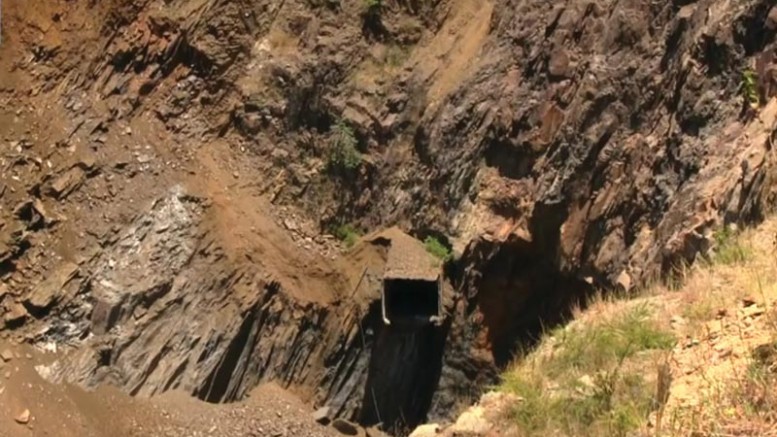VANCOUVER — Twin disasters at two large mines in sub-Saharan Africa are a stark reminder that safety remains a top concern in mining.
On Feb. 5 Yvonne Mnisi, Pretty Mabuza and Solomon Nyarenda were inside a steel portable office when a crown pillar collapsed at Vantage Goldfields’ (US-OTC: VTGFF) underground Lily gold mine near the town of Barberton in South Africa’s Mpumalanga province.
A joint government rescue operation was launched immediately, but unstable ground conditions at press time have stymied efforts to reach the miners, who remain trapped 80 metres below surface. Lily Mines’ operations manager, Mike Begg, told reporters at the scene that the plan involved drilling “800 metres away from the sinkhole.” Three subsequent collapses and an equipment breakdown have impacted rescue efforts over the past four weeks.
On Feb. 13 Vantage posted a two-minute video to YouTube that features statements from CEO Mike McChesney. The footage includes South African Minister of Mineral Resources, Mosebenzi Zwane, talking to employees at the Lily site, which he has visited three times since the disaster.
“This morning another significant collapse of the open pit resulted in destabilization of the underground workings. As a result we were forced to evacuate all our rescue teams. The rescue operation has been suspended pending the outcome of a full geotechnical assessment,” McChesney said. “Engineers are en route to the mine to conduct a full assessment. As we speak, the pit and underground workings are still moving, and I can tell you that we have an international company doing laser scanning on a continuous basis. Until the open pit settles down we won’t be able to consider resuming rescue operations.”
There was hope over the past two weeks when rescuers drilled a second emergency shaft, but on March 7 various media reports quoted Lily spokesperson Coetzee Zietsman stating that rescue attempts had been “suspended indefinitely” due to ongoing ground movement.
One day later mega-miner Glencore (LSE: GLEN) reported a “geotechnical failure” at the Katanga open-pit copper mine in the Democratic Republic of the Congo. The company said that “seven persons, who were believed to have been working on the ongoing dewatering of the pit in the vicinity of the failure, are currently unaccounted for.”
Katanga has mobilized its search and rescue team to find unaccounted for personnel. Subsequent reports from Glencore indicate three fatalities and four missing persons.
Accidents appear to happen more in challenging jurisdictions, but worldwide, incident and injury rates have been lowered.
In the case of Lily, Minister Zwane announced in January that South Africa’s mining industry reported 77 fatalities in 2015, which is “the lowest ever recorded.” Meanwhile, Glencore has zeroed in on assets with “high incident rates,” and dropped its fatality rate from 26 people in 2013 to 10 people in 2015. The company is working towards a “zero fatality” benchmark.
There has been criticism from the financial sector over “safety benchmarks” that result in bonuses for executives at large mining companies, but the incidents at Lily and Katanga may underline why these incentives exist.


Be the first to comment on "Up to 10 killed in Lily, Katanga disasters in South Africa, DRC"